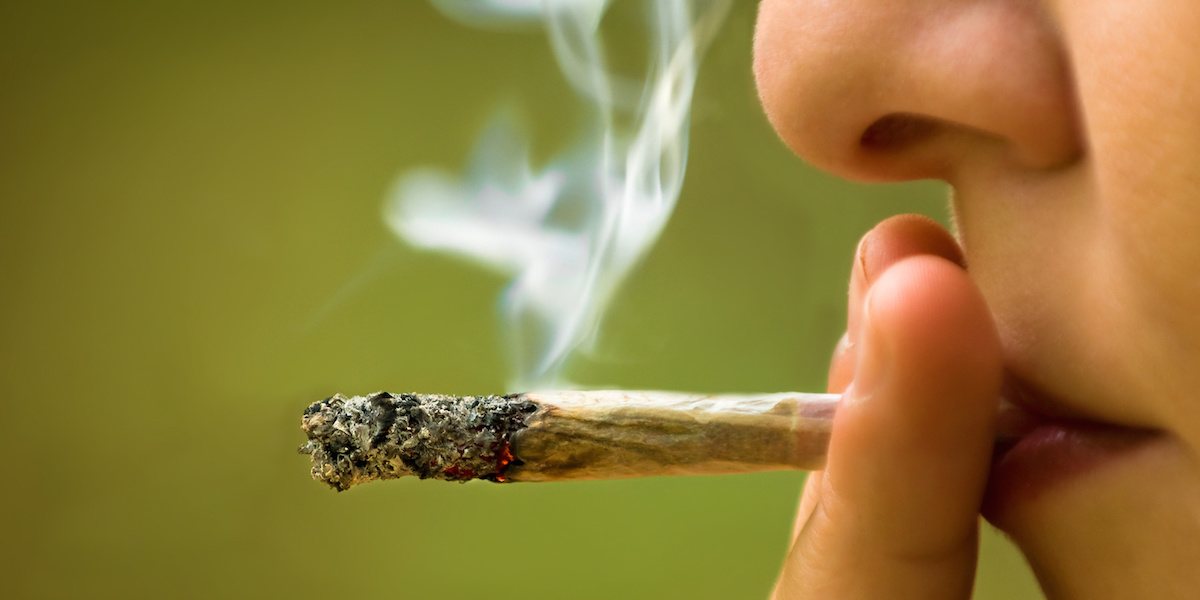
*The following is excerpted from an online article posted on HealthDay.
Parents who find a sex-based text on their teenager’s phone should be on the lookout for other problems in their child’s life, a new evidence review suggests.
Teens who share sexually explicit images are much more likely to be involved in other troubling activities, including unsafe sex, alcohol and drugs.
“The kids who are sexting are engaging in a lot of other risky behaviors,” said senior researcher Sheri Madigan, a child development expert from the University of Calgary in Alberta, Canada.
“We found that youths who were sexting were approximately four times more likely to be also engaging in sexual intercourse, five times more likely to have multiple sexual partners, and half as likely to be using contraception,” she continued.
Also, sexting teens were:
- Twice as likely to have symptoms of depression and anxiety.
- Two and a half times more likely to be smoking or engaging in delinquent behaviors like stealing or vandalism.
- More than three times as likely to be using alcohol or drugs.
But the findings are particularly troubling in light of a 2018 study led by Madigan that found 1 out of 4 teens is receiving sexts, and 1 out of 7 is sending them.
Results from the new review line up with what is already known about teens and sexting, said Sameer Hinduja, co-director of the Cyberbullying Research Center at Florida Atlantic University.
“Many risky behaviors among youth tend to occur in a constellation,” he said. “If a teen experiments with one risky behavior, that teen typically has experience with other risky behaviors.”
For this study, Madigan and her colleagues collected and combined data from 23 previous studies on sexting, involving nearly 42,000 teenagers.
They found significant links between sexting and sexual activity, risky sexual behavior, symptoms of mood disorders, drug and alcohol use, smoking and delinquency.
Further, they found that associations between sexting and either sexual behavior or mood disorders were stronger in younger adolescents, compared to those in their later teens.
It’s not clear whether sexting leads to these behaviors, or whether kids inclined to take risks are also more likely to sext, the researchers added. They noted the findings could not prove causation; it only showed an association.
It’s very possible that sexting is a gateway that could lead to more experimentation with sex, Madigan said.
“I think sometimes sexting is an initiation into greater sexual behavior,” she said. “Sometimes kids use sexting as a starting point. People have called it the modern-day version of flirting.”
The study was published in JAMA Pediatrics.

 Teen Loneliness Triggers ‘Reward Seeking’ Behavior
Teen Loneliness Triggers ‘Reward Seeking’ Behavior  The Hidden Mental Health Danger in Today’s High-THC Cannabis
The Hidden Mental Health Danger in Today’s High-THC Cannabis  Teen Suicide, Binge Drinking Decline, New National Data Show
Teen Suicide, Binge Drinking Decline, New National Data Show